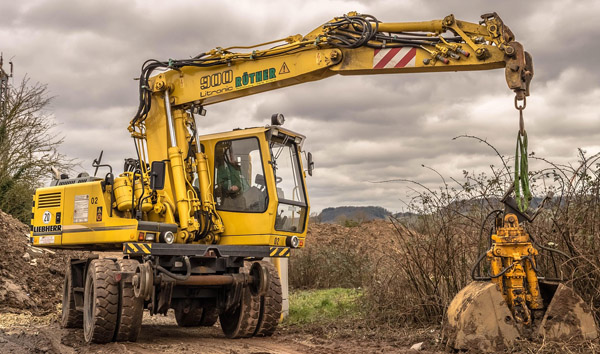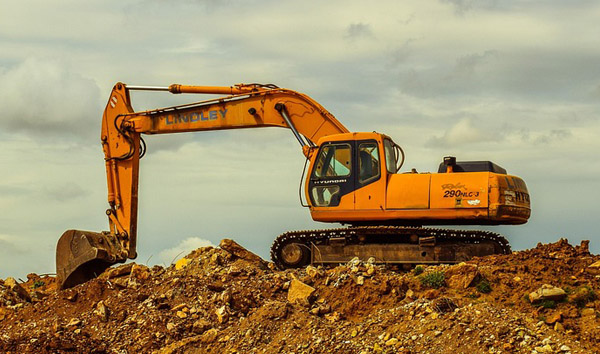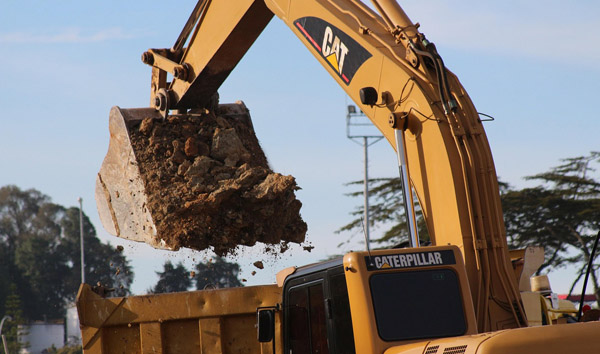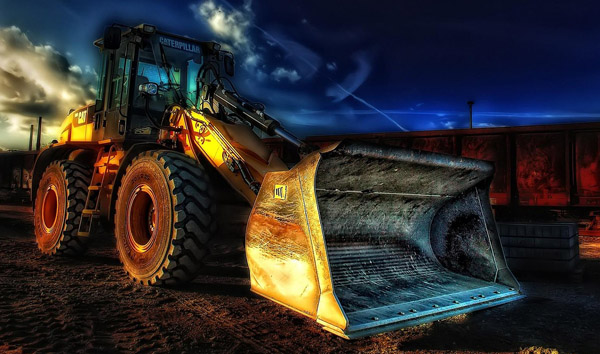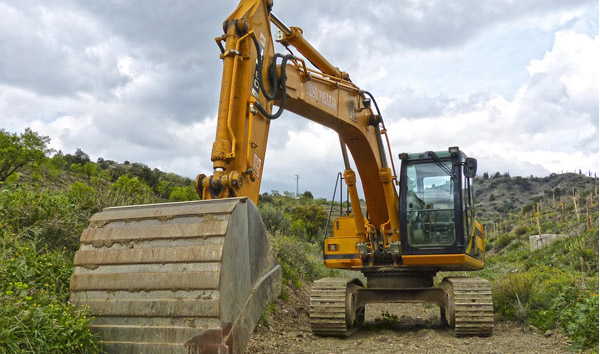Navigating the Capabilities of Modern All-Terrain Forklifts
2025-08-03 04:50:31
* All-terrain forklifts are engineered to operate in challenging environments, combining rugged durability with advanced lifting capabilities. Key specifications include load capacities ranging from 5,000 to 12,000 lbs, depending on the model, and lift heights extending up to 20 feet. These machines are equipped with heavy-duty tires, often pneumatic or solid, to ensure stability on uneven surfaces. The integration of four-wheel drive and differential locks enhances traction, making them indispensable in construction, agriculture, and logistics sectors.
Engine and Power Systems The heart of an all-terrain forklift lies in its powertrain, typically featuring diesel or electric engines with outputs between 50 to 100 horsepower. Diesel variants dominate outdoor applications due to their torque-rich performance, while electric models are gaining traction for emissions-sensitive operations. Advanced hydraulic systems enable precise load handling, with lifting speeds averaging 0.3 to 0.5 meters per second. Fuel efficiency is optimized through eco-mode settings, reducing operational costs in prolonged use. Industry data indicates a 15% rise in electric all-terrain forklift adoption since 2020, driven by sustainability mandates.
Maneuverability and Terrain Adaptability A defining feature of all-terrain forklifts is their ability to navigate slopes, mud, and gravel with ease. Specifications often cite a gradeability of 30% or higher, ensuring performance on inclines. The turning radius, critical for confined spaces, averages 8 to 10 feet, supported by responsive steering systems. Outriggers and stabilizers are optional add-ons for extreme conditions, preventing tip-overs during heavy lifts. Real-world testing in forestry operations has demonstrated a 20% productivity boost compared to standard forklifts, validating their rugged design.
Safety and Operator Ergonomics Modern all-terrain forklifts prioritize operator safety with ROPS (Roll-Over Protective Structures) and FOPS (Falling Object Protective Structures) as standard. Specifications include load moment indicators and anti-slip platforms to mitigate accidents. Ergonomically designed cabins feature adjustable seats, intuitive controls, and 360-degree visibility, reducing fatigue during extended shifts. Industry reports highlight a 30% decline in forklift-related injuries since the adoption of these features in 2018, underscoring their importance.
Future Trends and Industry Outlook The all-terrain forklift market is evolving with automation and telematics integration. Upcoming models are expected to incorporate AI-driven load optimization and remote diagnostics, aligning with Industry 4.0 standards. Market projections estimate a 7% annual growth rate, fueled by demand in emerging economies. As specifications continue to advance, these machines will redefine efficiency in off-road material handling, solidifying their role as a cornerstone of industrial operations.




